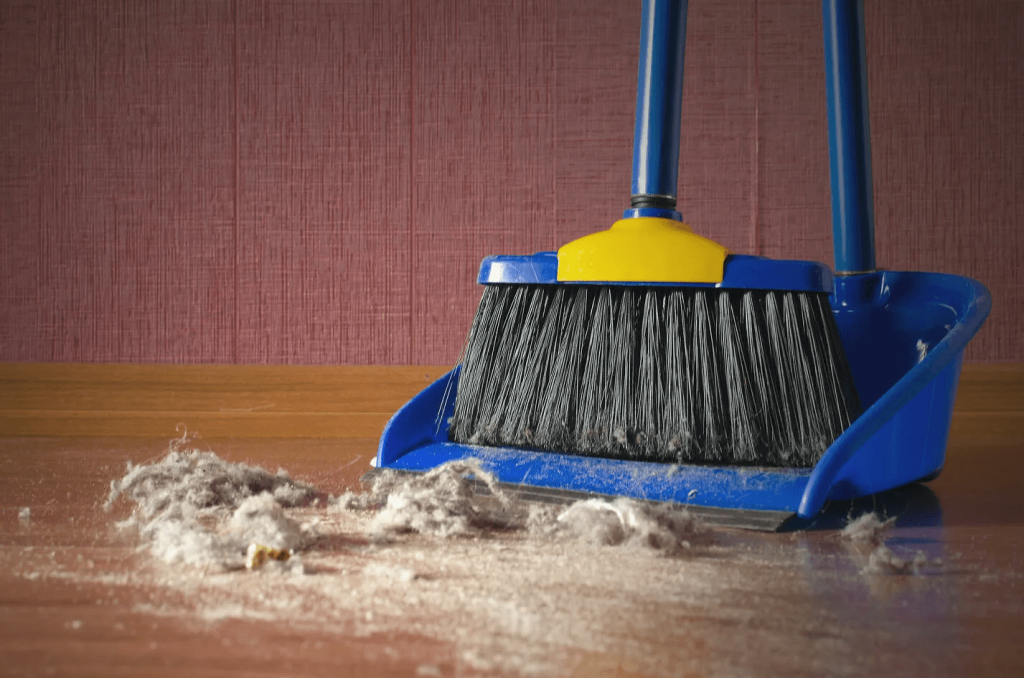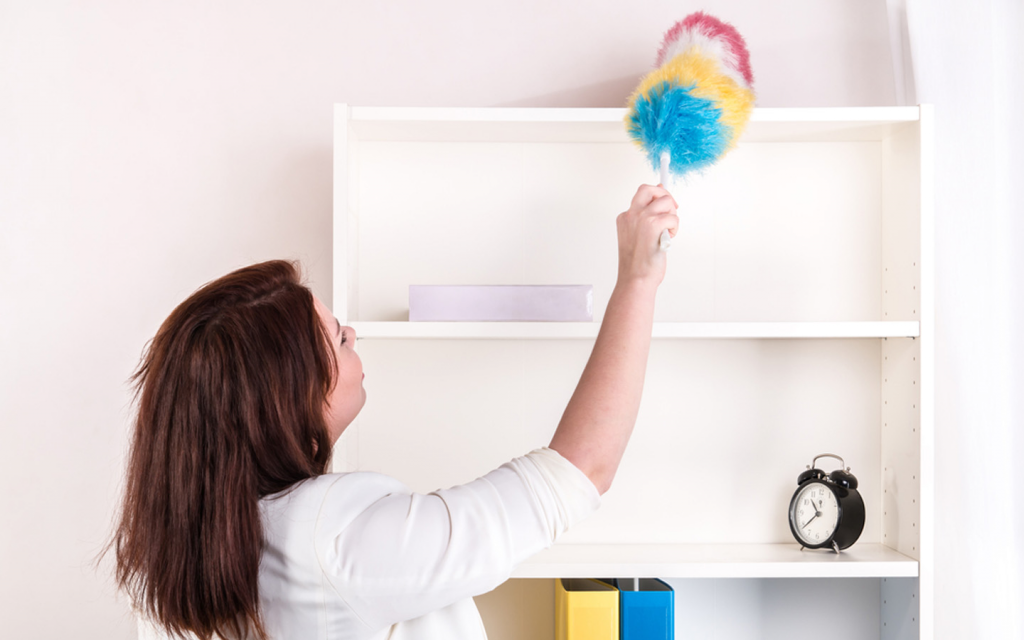Dust accumulation in a house is a common problem that not only affects the cleanliness of your living environment but can also contribute significantly to allergic reactions and respiratory concerns. Whether it’s tiny particles of dead skin cells, pet dander, or fibers from fabrics and furnishings, dust collects everywhere. The key to a dust-free home is identifying what causes dust and implementing efficient cleaning and prevention strategies. In this article, we’ll explore several effective ways to minimize and prevent dust in your home to ensure a healthier, cleaner living space.
Understanding Dust: What is It and Where Does It Come From?
Household dust is a combination of many elements, including dead skin cells, pet hair, textile fibers, and could include dust mites living off these particles. Dust can be carried in from outside on clothes and shoes or can originate from inside your homes, such as shedding human and pet skin cells. Regularly reducing dust accumulation is very important for maintaining good indoor air quality and for those who have allergy sensitivities.

Health Implications of Dust in the Home
Dust particles do not just settle on surfaces and make your home so dusty; they can also suspend in the air and cause allergies or worsen asthma. Pet dander, dust mites, and other allergens found in household dust can contribute to a variety of health issues. Making sure your home is as dust-free as possible could help prevent and reduce the severity of allergy symptoms.
The Ultimate Clean: Strategies to Minimize Dust Accumulation
Regular Cleaning Habits
Dust builds up quickly, so keeping on top of cleaning is key to minimizing its presence. Create a cleaning schedule that includes dusting and vacuuming at least once a week. If you have pets, you might want to consider doing so even more often to manage pet hair and dander. Dust from the highest surfaces first, then move down to lower areas and the floor, making sure not to redistribute dust.
Optimizing Your Cleaning Tools
Cleaning efficiently requires the right tools. Microfiber cloths are excellent for dusting as they attract and trap dirt and dust particles, rather than just moving them around. When it comes to vacuum cleaners, those with HEPA filters are the most effective, as they can capture airborne particles as small as 0.3 microns.
Air Purification and Humidity Control
Air purifiers with HEPA filters are also great for trapping even the smallest particles from the air. Controlling humidity levels helps reduce dust mites as they thrive in more humid environments. Using a dehumidifier can help keep your house less dusty and more comfortable.
Dust-Proofing Your Home: Long-Term Solutions to Consider
While regular cleaning is essential for getting rid of surface dust, enhancing the cleanliness of your home can be achieved by taking preventative measures to stop dust from accumulating in the first place. Upgrading air filters in heating and cooling systems will help trap more dust and should be changed or cleaned regularly. Sealing gaps around windows and doors will prevent outdoor dust from coming inside, thereby reducing dust buildup. It’s also important to consider replacing heavy drapes and other dust magnets with more easily cleaned items.

The Role of Houseplants and Natural Solutions
Houseplants do more than beautify your living space; they can also improve air quality. While they will not eliminate the need to dust, they can help capture dust particles on their leaves and create a cleaner atmosphere. In addition, certain indoor plants have been known to purify the air, helping to reduce levels of other common household toxins.
| Plant | Dust Reduction Capability | Maintenance |
|---|---|---|
| Spider Plant | Attracts dust to leaves | Low |
| Peace Lily | Increases humidity to trap dust | Medium |
| Snake Plant | Captures airborne particles | Low |
Conclusion
Dust in the home is a common problem, but with the right strategies, it is one that can be managed. Regular cleaning, using the appropriate tools, and implementing some long-term dust-prevention techniques will go a long way in ensuring your home remains much cleaner and more comfortable. Remember, it’s not just about removing what you can see; it’s also about improving the overall air quality for the sake of your health and well-being. Keeping your house less dusty might seem challenging, but with diligence and the right approach, you can enjoy a cleaner, healthier living space.

FAQs
- How often should I clean my house to effectively control dust? It’s recommended to dust and vacuum at least once a week. If you have pets or live in a particularly dusty environment, you may want to do so more frequently. Regular cleaning prevents dust from accumulating and helps maintain better air quality.
- Are air purifiers effective in reducing dust? Yes, air purifiers that use HEPA filters can be quite effective in capturing dust and other airborne particles, reducing the overall amount of dust in your home.
- Can plants really reduce the amount of dust in my home? While plants can help by capturing dust on their leaves and improving air quality, they should not be solely relied upon for dust control. Plants are a natural complement to regular dusting and vacuuming practices.
- What is the best way to dust sensitive electronics and appliances? For sensitive electronics, it’s best to use a dry microfiber cloth. If necessary, slightly dampen the cloth with distilled water or an appropriate cleaner and gently wipe the surfaces. Avoid spraying cleaners directly onto electronics.
- Is it better to dust or vacuum first when cleaning a room? It’s typically better to dust surfaces first and follow with vacuuming. Dusting can knock dust particles into the air, where they’ll eventually fall to the floor to be vacuumed up.
